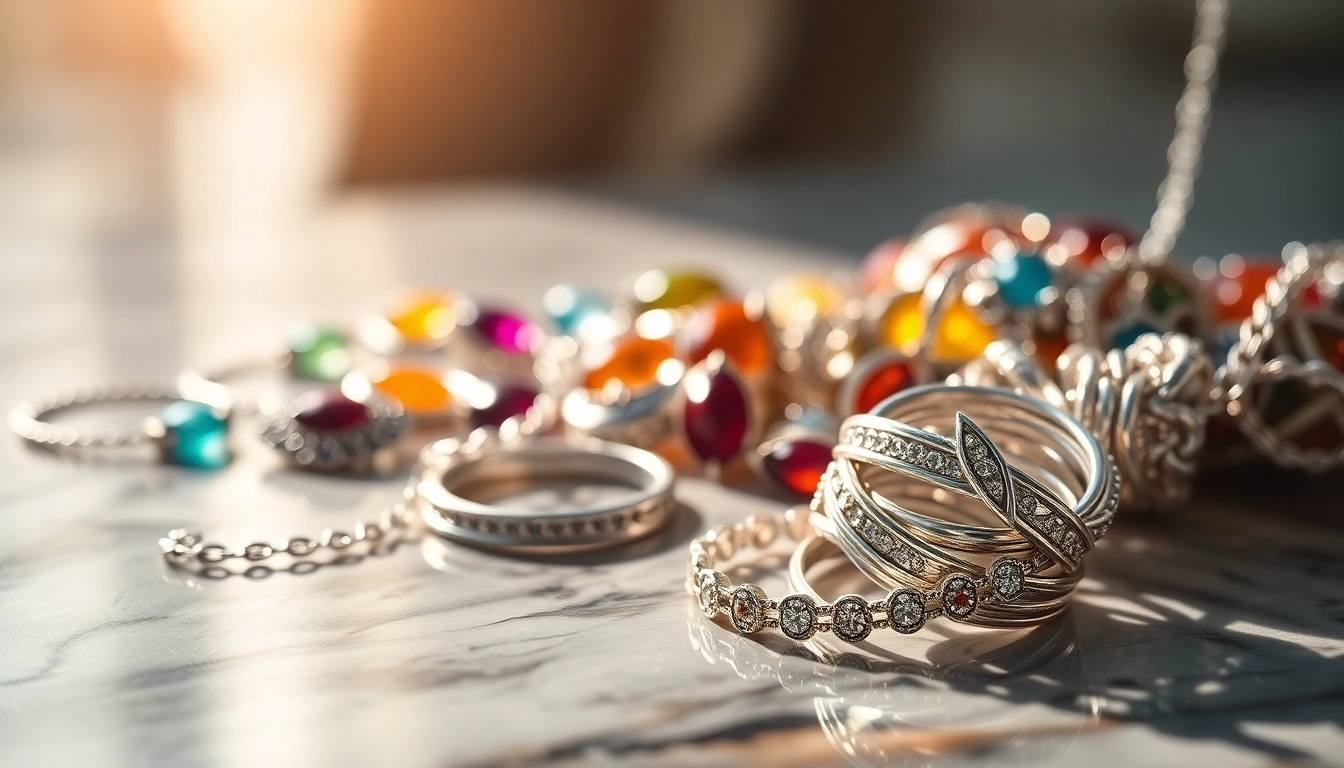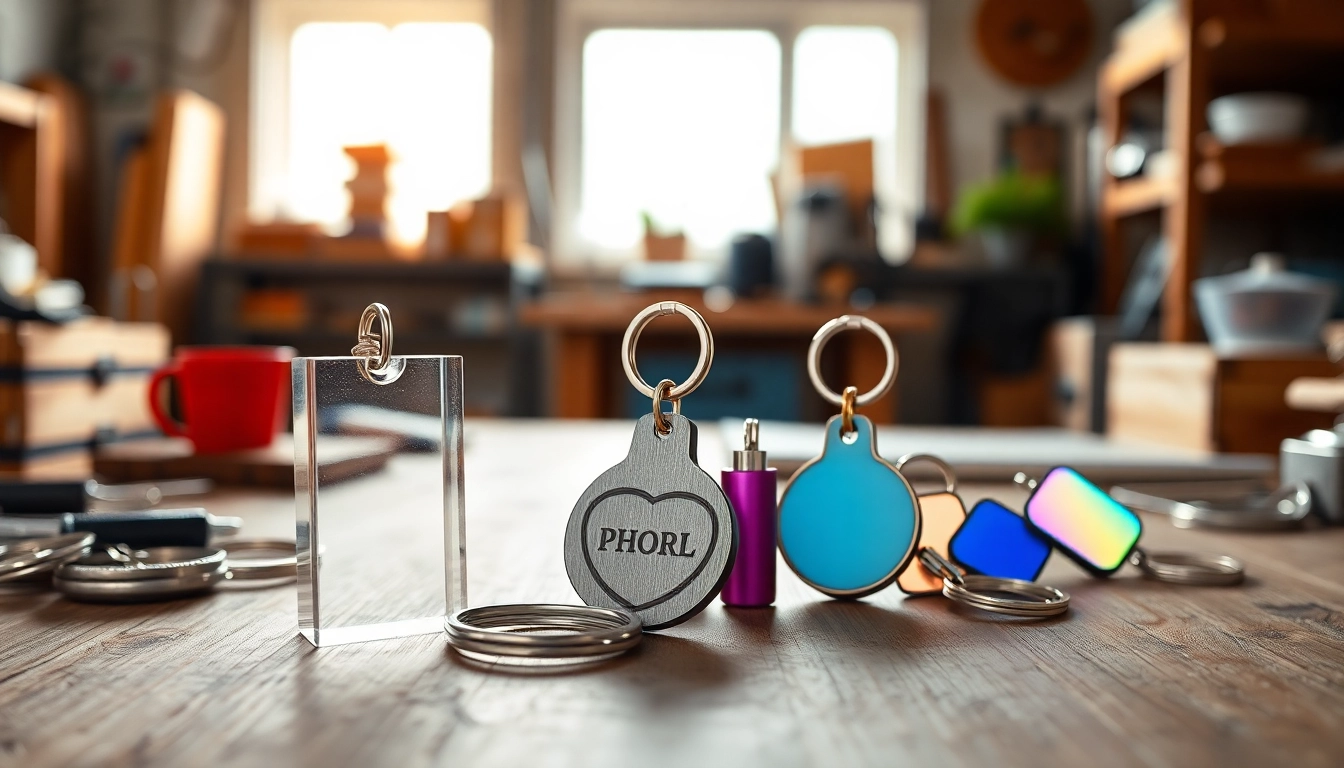Understanding Silver jewelry
Silver jewelry has captivated the hearts of many, emerging as a timeless and versatile accessory that enhances any attire. Not only does it embody elegance and sophistication, but it also holds a rich historical and cultural significance across different civilizations. This article delves into the enchanting world of Silver jewelry, exploring its various types, a brief history, and the benefits it offers wearers.
Types of Silver jewelry
Silver jewelry comes in various forms, each serving unique aesthetic and functional purposes. The primary types include:
- Sterling Silver: Composed of 92.5% silver and 7.5% other metals, typically copper, sterling silver is known for its durability and shine.
- Fine Silver: At 99.9% purity, fine silver is softer and more malleable than sterling silver, making it ideal for intricate designs but less suitable for daily wear.
- Argentium Silver: Containing a small percentage of germanium, argentium silver is more tarnish-resistant and has a brighter sheen compared to sterling silver.
- Silver-Plated Jewelry: This type features a thin layer of silver over a base metal, offering a cost-effective option for fashion enthusiasts.
History of Silver jewelry
The history of silver jewelry dates back thousands of years, with evidence of its use found in ancient civilizations. The Egyptians were among the first to embrace silver for adornment, crafting exquisite pieces that symbolized wealth and divine favor. As trade routes expanded, the popularity of silver jewelry spread to cultures across the globe, affecting styles and techniques. From medieval Europe to modern artisans, silver has remained a beloved material, often signifying status and beauty.
Benefits of Silver jewelry
Wearing silver jewelry offers numerous advantages, ranging from aesthetic appeal to health benefits:
- Versatility: Silver jewelry can be paired with various styles, from casual to formal occasions, making it a staple in any jewelry collection.
- Tarnish Resistance: While silver can tarnish over time, quality silver pieces, especially those that are silver-plated or made from argentium silver, are designed to resist tarnishing.
- Health Benefits: Some believe that wearing silver can improve circulation and has antimicrobial qualities.
- Affordability: Compared to gold and platinum, silver jewelry often presents a more affordable option without sacrificing elegance.
Craftsmanship and Quality
The value of silver jewelry is heavily influenced by its craftsmanship and the quality of materials used. Understanding how silver jewelry is made and recognizing signs of quality can significantly enhance your jewelry-buying experience.
How Silver jewelry is made
The process of creating silver jewelry involves several steps, often combining traditional techniques with modern technology:
- Design: The process begins with a design concept, which can range from simple sketches to intricate CAD drawings.
- Material Preparation: High-purity silver is selected and prepared, ensuring it meets industry standards for quality.
- Forming: Craftspeople use various methods—such as casting, forging, or soldering—to create the desired shape.
- Finishing: After forming, pieces are polished, plated, or treated to achieve the desired finish, which can range from high shine to a matte look.
Signs of quality Silver jewelry
Identifying high-quality silver jewelry involves several key assessments:
- Hallmarks: Authentic silver jewelry often bears a hallmark indicating its purity. For sterling silver, look for “925” or other trust marks.
- Weight: Quality silver jewelry feels substantial; lightweight items may be hollow or not made of pure silver.
- Craftsmanship: Inspect the item for any visible imperfections or rough edges, which indicate poor craftsmanship.
- Finish: A well-finished piece will show attention to detail, with smooth edges and a professional polish.
Care tips for Silver jewelry
Proper care extends the life of your silver jewelry. Here are some essential maintenance tips:
- Store Properly: When not in use, store silver jewelry in a cool, dry place, ideally in a soft cloth or anti-tarnish pouch.
- Avoid Moisture: Minimize exposure to humidity, chlorinated water, and harsh chemicals, which can cause tarnishing.
- Regular Cleaning: Use a silver polishing cloth or a gentle silver cleaner to maintain shine and remove tarnish.
- Remove Before Activities: Take off silver jewelry before engaging in activities that may cause scratches or damage.
Styling Silver jewelry
Silver jewelry is not just an accessory; it’s a statement. Knowing how to style it effectively can elevate your fashion game.
Mixing Silver jewelry with other metals
Mixing silver with other metals can create a bold and unique look. Here’s how to do it:
- Layering: Stack different metal rings or bracelets to create a textured, layered effect.
- Contrasting Styles: Pair polished silver with matte or rustic finishes for an interesting contrast in styles.
- Color Coordination: Ensure that the metals complement each other, especially when combining silver with gold or rose gold.
Occasions for wearing Silver jewelry
Silver jewelry is suitable for various occasions, making it a versatile addition to your wardrobe:
- Everyday Wear: Simple silver pieces can effortlessly elevate casual outfits.
- Formal Events: Statement silver necklaces or earrings can enhance formal attire, adding elegance without being overly flashy.
- Seasonal Celebrations: From holiday parties to summer weddings, silver jewelry adapts easily to seasonal trends.
Seasonal trends in Silver jewelry
Staying updated on seasonal trends allows you to make the most of your silver jewelry collection:
- Spring/Summer: Delicate silver chains with floral or nature-inspired motifs are popular during warmer months.
- Fall/Winter: Chunky silver pieces or layered necklaces often emerge as trends in colder seasons, pairing well with heavier fabrics.
- Color Accents: Incorporating colored stones or enamel into silver settings can create trendy, eye-catching designs.
Buying Silver jewelry
Purchasing silver jewelry can be daunting due to the sheer variety available. Equip yourself with the right knowledge to make informed choices.
Where to find quality Silver jewelry
Finding reputable sources for silver jewelry is important to ensure quality and authenticity:
- Specialty Stores: Look for dedicated jewelry shops known for their quality pieces rather than general department stores.
- Artisan Markets: Local artisan markets often feature handmade silver jewelry, providing unique options and supporting local artists.
- Online Retailers: Numerous trustworthy online platforms specialize in genuine silver jewelry, enabling comparison shopping from the comfort of your home.
Understanding Silver jewelry pricing
Silver jewelry pricing can vary widely based on several factors. Here’s what to consider:
- Material Purity: Higher purity metals, like fine silver, typically command higher prices.
- Craftsmanship: Intricate designs and handcrafted pieces will generally be more expensive due to the labor and skill involved.
- Brand Reputation: Established brands or designers often charge a premium for their recognized quality and style.
How to avoid counterfeit Silver jewelry
Avoiding counterfeit jewelry is crucial for ensuring you receive what you pay for. Here are some tips:
- Check for Hallmarks: Authentic pieces should have identifiable quality marks.
- Research Sellers: Investigate the reputation of sellers before making a purchase, especially online.
- Ask Questions: Don’t hesitate to ask sellers about the origins and materials of their jewelry.
The Future of Silver jewelry
As trends in fashion evolve, so too does the realm of silver jewelry. This section explores innovations, sustainability, and prevailing influences in its design.
Innovations in Silver jewelry design
Innovations in technology and design are steering silver jewelry into exciting new territories:
- 3D Printing: This technology is enabling designers to create intricate and unique pieces that were previously difficult or impossible to manufacture.
- Customization: Many jewelers now offer customization options, allowing individuals to create personalized silver jewelry pieces.
- Integration of Technology: Smart jewelry that incorporates technology for functionality while retaining elegance is on the rise.
The sustainability of Silver jewelry
Sustainability is becoming a significant concern in the jewelry industry. Here’s how the silver jewelry market is responding:
- Recycled Silver: More brands are opting for recycled silver to reduce their environmental footprint and promote resource efficiency.
- Ethical Sourcing: Consumers are increasingly favoring brands that ensure ethical practices in sourcing and labor.
- Minimalist Designs: There’s a growing trend toward minimalist, timeless pieces that are less wasteful over time.
Popular influences in Silver jewelry trends
Trends in silver jewelry are often influenced by cultural movements, celebrity endorsements, and social media:
- Cultural Influences: Various cultural motifs are making their way into silver jewelry, reflecting global interconnectedness.
- Social Media: Platforms like Instagram and Pinterest play a significant role in shaping consumer preferences and highlighting trending styles.
- Celebrity Fashion: The jewelry choices of celebrities often set trends, prompting consumers to seek similar styles in silver.



